OK, plenty to cover today! This can only give you an overview of these elements, but it'll still help when it comes to the practical stuff.
Routing
What route does the sound signal take? This one:
Note that because we use a digital desk, we also use and analogue-digital converter.
Mixer
Our mixer 'processes' the signal and so also has an internal signal route. We can understand it best if this think of it as flowing, coloured water. The route normally looks like this:
Input -> Gain -> HPF -> Gate -> EQ -> Compression -> Group/Bus -> Output Fader
Let's talk through these elements:
Input - Each channel needs one of theseThis is via either the digital converter (ethernet cable), onboard inputs (XLR cables) or the auxiliary (Aux/Mac/iPod) inputs (jack cables).
Gain - This is like the tap, the more you open it the more water you get, open it too much and it splashes everywhere.
HPF (High pass filter) - This cuts out all the low frequencies; if there are lots of colours in the water, think of it as cutting out one colour, like blue, leaving the rest if the spectrum.
Gate - If the signal is too quite, a gate will turn the signal off completely. Why? Sometimes there's extra noise in with what we actually want to capture. When the singer isn't singing all that background noise is cut out.
EQ - This is where we change the tone (or colour) of the sound; we can make it warmer, thinner, sparklier, and just generally nicer!
Compression - Not everyone sings or plays at the same volume, but we want to keep everything at the same volume! Compression limits how much that volume changes. Handy!
Group/Bus - we can siphon off some of the signal to go different places, for example, the foldback speakers. We can also group signals together so we can control them with one fader. That means we can put different combinations of sources to different outputs - What the drummer needs to hear is different from what we want the congregation to hear.
Output Fader - We can control the volume of each channel with its respective fader, and then the groups and main output with their faders. The output is either by digital converter (ethernet) or XLR.
Processing
There's some extra processing we can insert into the channel such as reverb, delay and other effects. I'll talk more about it later but we tend to keep it pretty clean anyway. There's also something called a cross-over, which splits the low frequencies from the high ones - this lets us send the right sounds to our 'subs' and 'satellites'.
At last, we're done for this week, next week we'll take a look at Mixing Principles and as ever, check out Behind the Mixer for more info!
Photo by Alexey Ruban on Unsplash


